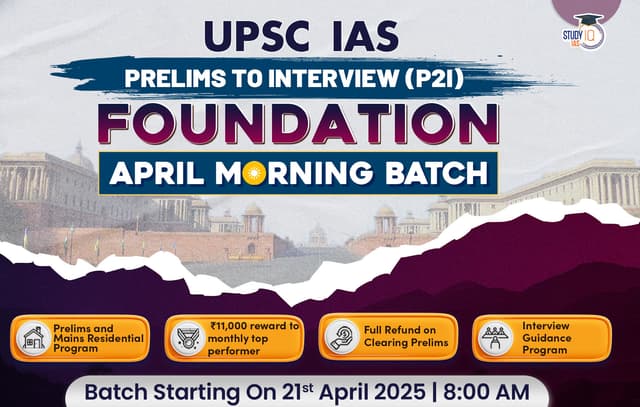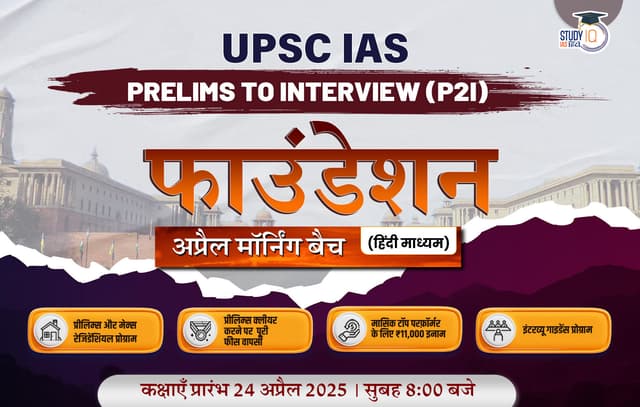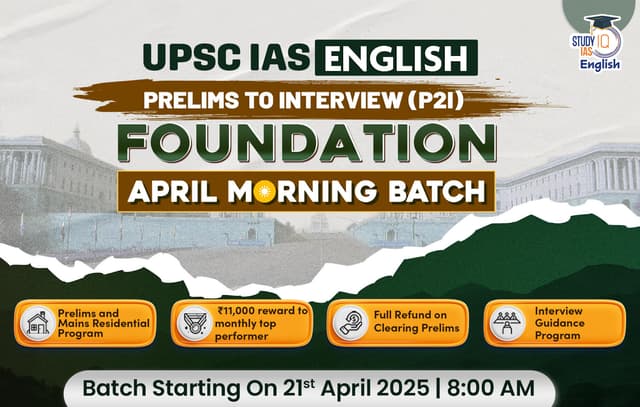Table of Contents
The sacred city of Ayodhya in Uttar Pradesh is vibrant with devotion and festivity, marking the first anniversary of the ‘Pran Pratishtha’ of Ram Lalla at the Shri Ram Janmabhoomi Mandir. This milestone event, celebrated on January 22, 2025, symbolizes the culmination of centuries of devotion and struggle, deeply rooted in the city’s spiritual legacy.
Ram Mandir Pran Pratishtha 1st Anniversary
The grand Pran Pratishtha ceremony of Ram Lalla, which took place on January 22, 2024, under the guidance of Prime Minister Narendra Modi, holds immense historical and spiritual significance. This ancient Hindu ritual signifies the consecration of Lord Ram’s idol in the temple’s sanctum sanctorum, transforming it into a sacred site for millions of devotees.
Celebration Highlights
The first anniversary of the Pran Pratishtha ceremony, known as ‘Pratishtha Dwadashi,’ features a range of religious and cultural events:
- Yajna Mandap (Temple Premises):
- Agnihotra rituals with mantras from the Shukla Yajurveda (8-11 AM and 2-5 PM).
- 6 lakh recitations of the Shri Ram Mantra.
- Recitations of Ram Raksha Stotra and Hanuman Chalisa.
- Ground Floor of the Temple:
- Raga Seva (3-5 PM).
- Badhai Gaan (6-9 PM).
- First Floor of Yatri Suvidha Kendra:
- Musical recitation of the Ramcharitmanas.
- Angad Teela:
- Ram Katha (2-3:30 PM).
- Discourses on the Ramcharitmanas (3:30-5 PM).
- Cultural programs (5:30-7:30 PM).
World’s First Stamp with Ram Lalla in Laos
The world’s first stamp featuring Lord Ram’s Ayodhya idol, Ram Lalla, was unveiled in Laos by Indian External Affairs Minister S. Jaishankar. During his visit, Jaishankar, alongside Laos’ Deputy Prime Minister and Foreign Minister Saleumxay Kommasith, introduced the special commemorative stamp set. The set includes two stamps: one with Ram Lalla’s image and another with Lord Buddha. This unveiling is part of Jaishankar’s participation in the ASEAN Foreign Ministers’ Meetings and reflects India’s Act East Policy’s decade-long emphasis on cultural and diplomatic engagement.
Ram Lalla Surya Tilak
‘Surya Tilak’ of Lord Shri Ramlala was done in Ram city Ayodhya on the day of Ram Navami, the sun’s rays fell on Ramlala’s head in the afternoon. Lord Shri Ram Lala’s Surya Tilak became possible through an elaborate mechanism involving mirrors and lenses. This is the first Ram Navami after the consecration of the idol of Lord Ram in the new temple. Ram devotees across the country and the world have also become witnesses of this moment.
Rram Mandir Inauguration
The Ram Mandir was inaugurated on 22 January 2024 after a prana pratishtha (consecration) ceremony. Approximately 7,000 VVIPs attended the event. On the first day of its opening, following the consecration, the temple received a rush of over half a million visitors, and after a month, the average number of visitors was reported to be 1 to 1.5 lakh daily.
Ram Mandir Pran Pratishtha Ceremony 2024
The Pran Pratishtha ceremony is a Hindu ritual that involves imbuing an idol with a sacred or divine essence. The term “pran” signifies life, while “pratishtha” translates to establishment.
Prime Minister Narendra Modi performed rituals to mark the “Pran Pratishtha”. The main rituals were led by a team of priests led by Lakshmikant Dixit. The event was broadcast live across India and live-streamed on the YouTube channel Doordarshan National for international audiences.
Week-Long Celebration of Ram Mandir Inauguration
The week-long celebration for the Ayodhya Ram Mandir ceremony, which started on January 16, 2024, concluded on January 22, 2024, with the much-anticipated Pran Pratishtha ceremony, where Prime Minister Narendra Modi served as the chief guest.
| Date | Event |
| January 16, 2024 | Atonement ceremony and Dashvidh bath |
| January 17, 2024 | Procession of Ram Lalla and Pran Pratishtha ceremony |
| January 18, 2024 | Formal rituals: Ganesh Ambika puja, Varun puja, Matrika puja, Brahmin Varan, Vastu puja |
| January 19, 2024 | Lighting of the Holy Fire, installation of “Navagraha,” and a “havan” |
| January 22, 2024 | Pran Pratishtha ceremony, consecration ceremony, and the main event with Prime Minister Narendra Modi as the chief guest |
Ram Mandir Murti
The Statue of Rama is a planned monument in Ayodhya, Uttar Pradesh, India. It will be 181 meters (594 ft) tall, and 251 meters (823 ft) tall including the plinth and umbrella.
The idol of Ramlala, which depicts Lord Ram as a five-year-old child, was revealed days before the consecration ceremony on Monday. The idol was made by the famous sculptor Arun Yogiraj from Karnataka. The new idol will be called Achal Murti, while the old idol will be called Utsavmurti.
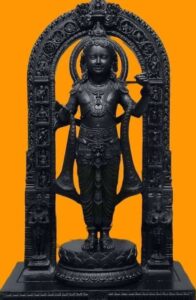
Important Facts About Ayodhya Ram Mandir
| Ayodhya Ram Mandir Overview | |
| Temple Name | Shri Ram Mandir (popularly known as Ram Mandir) |
| Location | Ayodhya, Uttar Pradesh, India |
| Dedication | Lord Shri Rama |
| Significance | Built at Ram Janmabhoomi, birthplace of Lord Shri Rama |
| Construction Style | Indian Nagar Style |
| Architect | Chandrakant B. Sompura (CBS) |
| Construction Company | Larsen and Toubro (L&T) |
| Project Management Company | Tata Consulting Engineers Limited (TCEL) |
| Sculptors | Arun Yogiraaj (Mysore), Ganesh Bhatt, Satyanarayan Pandey |
| Total Area | 70 Acres (70% green area) |
| Temple Area | 2.77 Acres |
| Temple Dimensions | Length – 380 Ft., Width – 250 Ft., Height – 161 Ft. |
Ayodhya Ram Mandir History From 1528-2024
| Period | Event |
| 16th Century | The temple was attacked and destroyed by Babur. |
| 1767 | The earliest record of the mosque in Descriptio Indiae. |
| 1853 | The first instance of religious violence was documented. |
| 1858 | British administration prohibits Hindu rituals. |
| 1949 | Murtis of Rama and Sita were installed inside Babri Masjid. |
| 1950 | The state took control of the mosque; Hindus allowed worship. |
| 1980s | Vishwa Hindu Parishad (VHP) launches movement for a temple. |
| 1989 | VHP leaders conduct Shilanyas, laying the foundation adjacent to the disputed site. |
| 1992 | Demolition of the mosque by VHP and BJP rally; inter-communal violence ensues. |
| 2005 | Terrorist attack on makeshift Ram temple; attackers killed. |
| 2019 | Supreme Court’s verdict on Ayodhya dispute; land handed to Shri Ram Janmabhoomi Teerth Kshetra trust. |
| 2020 | Government approves plan for temple construction; land allocated for a new mosque in Dhannipur village. |
About Ayodhya Ram Mandir
Chief Architect and Construction Entities
- Chief Architect: Chandrakant B. Sompura (CBS)
- Construction Company: Larsen and Toubro (L&T)
- Project Management Company: Tata Consulting Engineers Limited (TCEL)
- Design Advisors: IIT Chennai, IIT Bombay, IIT Guwahati, CBRI Roorkee, SVNIT Surat, NGRI Hyderabad
- Sculptors: Arun Yogiraaj (Mysore), Ganesh Bhatt, and Satyanarayan Pandey
Temple Dimensions and Style
- Total Area: 70 Acres (70% green area)
- Temple Area: 2.77 Acres
- Length: 380 Ft.
- Width: 250 Ft.
- Height: 161 Ft.
- Construction Style: Indian Nagar Style
Construction Materials Used
- High-Grade “Rolled Compacted Concrete” without Steel
- Pink Sandstone
- Granite Stone
- Shaligram Rock
- Copper Plates
- Gold and Ashtdhatu
- Teakwood
Architectural and Constructional Aspects of Ayodhya Ram Mandir
Foundation Design of Ayodhya Ram Mandir
- 14-meter thick Rolled Compacted Concrete shaped like Artificial Stone.
- 56 layers of compact concrete made of Fly Ash/Dust and chemicals.
- A 21-foot thick plinth of Granite to protect the temple from moisture.
- Foundation materials include Granite Stone from Karnataka & Telangana and Pink Sandstone from Bans Paharpur (Bharatpur, Rajasthan).
Building Description
- 3-storied earthquake-resistant structure.
- 392 pillars and 44 doors.
- Teakwood and gold-plated doors.
- The estimated age of the temple structure is 2500 years.
- Idols made of 60 million-year-old Shaligram Rocks from the Gandaki River (Nepal).
- Bell made of Astadhatu weighing 2100 Kg, audible up to 15 Km.
Other Features
- The main sanctum houses the idol of Shri Ram Lalla.
- Shri Ram Darbar on the first floor.
- 5 Mandapas: Nritya Mandapa, Rang Mandapa, Sabha Mandapa, Prarthana Mandapa, Kirtan Mandapa.
- Four temples at the periphery are dedicated to Suryadev, Mother Bhagwati, Lord Ganesha, and Lord Shiva.
- Temples for Goddess Annapurna in the north and Lord Hanuman in the south.
- Additional temples dedicated to various sages, King Nishad, Mata Shabari, and Devi Ahilya.
- Inclusion of Sita Kup within the temple premises.
- Renovation of the ancient temple of Lord Shiva on Navratna Kubera Hill, with an installation of a Jatayu statue.
Ram Janmabhoomi Movement
The Ram Janmabhoomi Movement emerged in the 1980s, led by the Vishwa Hindu Parishad, aiming to reclaim the site in Ayodhya where Lord Rama is believed to be born. The disputed site housed the Babri Masjid, constructed by the Mughals.
- Demolition (1992): A rally turned hostile in 1992, leading to the demolition of the Babri Masjid by volunteers (Kar Sevaks).
- Court’s Verdict (2019): The Supreme Court ruled that a Hindu temple existed on the site before the mosque. The disputed land was given to a trust, Shri Ram Janmabhoomi Teerth Kshetra, formed by the Indian government for the construction of the Ram Mandir.
- Ayodhya Dispute Legal Journey: The dispute, beginning in 2002, revolved around the control of the site. The Allahabad High Court’s 2010 ruling divided the land among the Sunni Board, Nirmohi Akhada, and the Hindu party, with the main disputed section awarded to the Hindus. The 2019 Supreme Court verdict suspended this ruling, allocating the land for a Hindu temple and providing an alternative site for a mosque, based on archaeological findings. The court directed the government to oversee temple construction through a trust.
Shri Ram Janmabhoomi Teerth Kshetra
The Shri Ram Janmabhoomi Teerth Kshetra is a trust established by the Government of India to manage and construct the Ram Mandir in Ayodhya. The trust was established on February 5, 2020, and is made up of 15 trustees. Mahant Nritya Gopal Das is the trust’s chairman.
The trust is registered under the Foreign Contribution Regulation Act (FCRA) of 2010, and foreigners can also donate to the trust. The trust’s official booking portal allows donors to view and download donation receipts. Donors can also use the “Donation Receipt” service to request and download receipts for donations made through direct deposit.
Rise of Spiritual Tourism in Ayodhya
Ayodhya has seen a rise in spiritual tourism since the announcement of the temple at the Ram Janmabhoomi site. In 2022, the Uttar Pradesh Tourism Department recorded 2.36 crore domestic and 1,465 foreign tourists in the Ayodhya district, marking an 8,342.7% yearly tourism increase.
The construction of the Ram Temple has helped the economic condition in Ayodhya. The increasing number of tourists has created new job opportunities for locals, and new businesses have opened near the temple. Ayodhya is a pilgrim town and is a good place to buy religious souvenirs like idols of Lord Ram, Sita, and Lakshman, and t-shirts with religious text.
Ayodhya Ram Mandir UPSC
The Ayodhya Ram Mandir, dedicated to Lord Rama and located at the Ram Janmabhoomi site in Ayodhya, India, is set for inauguration on January 22, 2024, following a 2019 Supreme Court verdict. Spanning 70 acres, with 2.77 acres for the temple, the Indian Nagar-style structure, designed by architect Chandrakant B. Sompura, stands at 380 ft. length, 250 ft. width, and 161 ft. height. Constructed by Larsen and Toubro, managed by Tata Consulting Engineers, and featuring 392 pillars, the temple utilizes high-grade materials like rolled compacted concrete, pink sandstone, and teakwood. Ayodhya has experienced a surge in spiritual tourism, fostering economic growth and job opportunities.

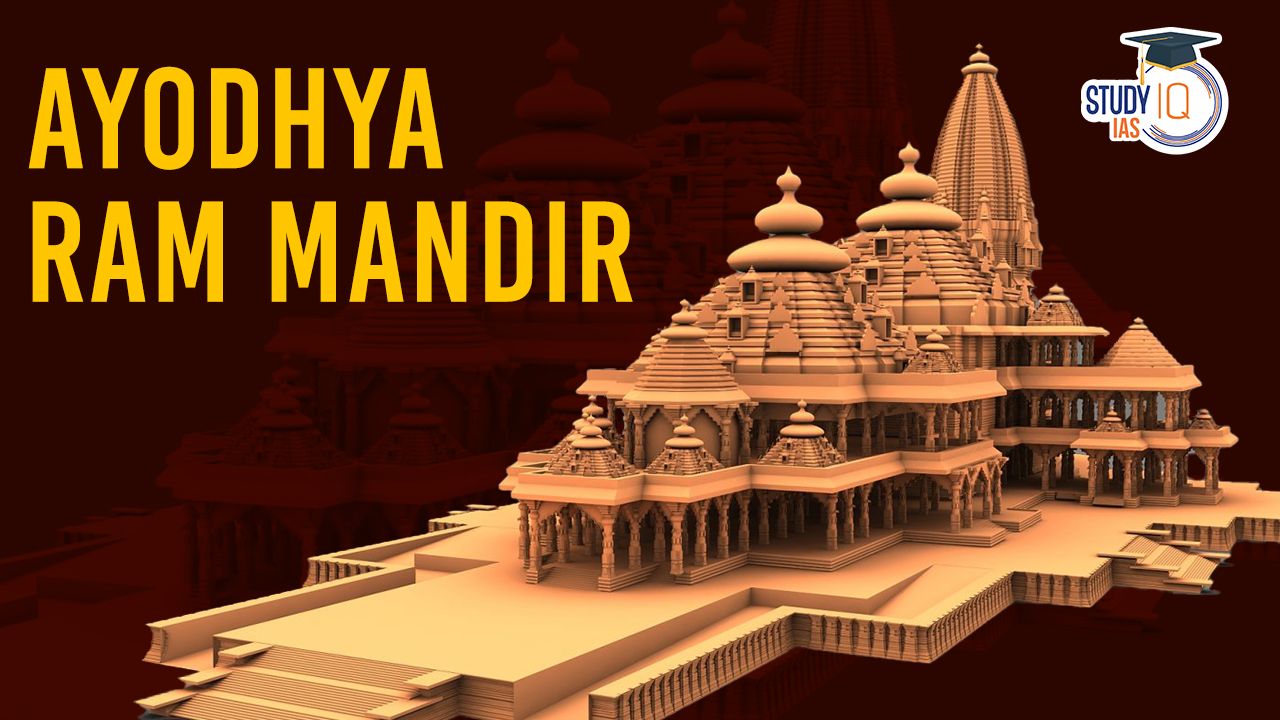
 Places in News for UPSC 2025 for Prelims...
Places in News for UPSC 2025 for Prelims...
 Bihu Festival and Dance of Assam, Histor...
Bihu Festival and Dance of Assam, Histor...
 New Phase of Operation Chakra to Combat ...
New Phase of Operation Chakra to Combat ...

